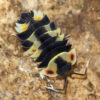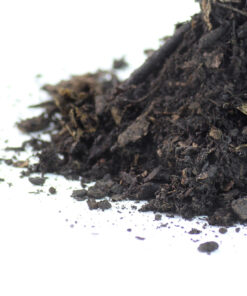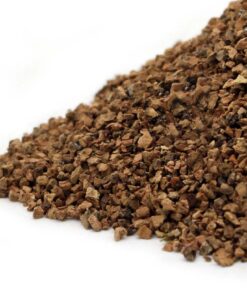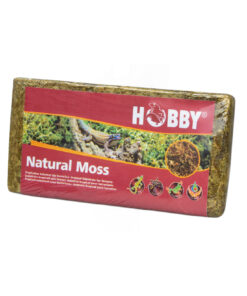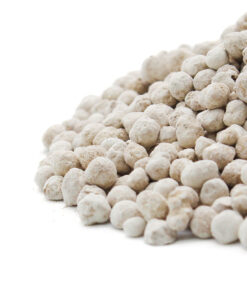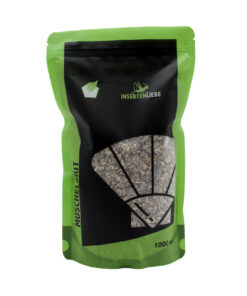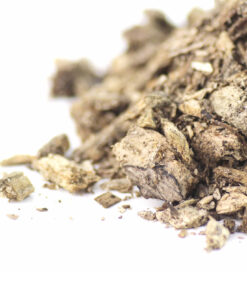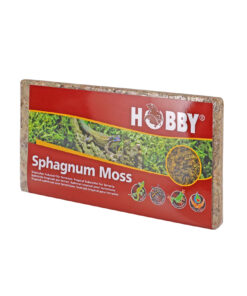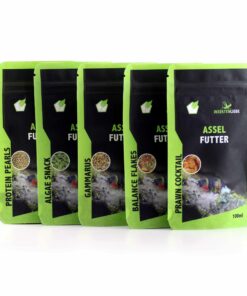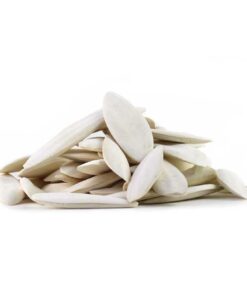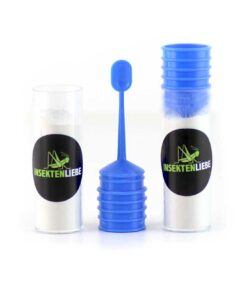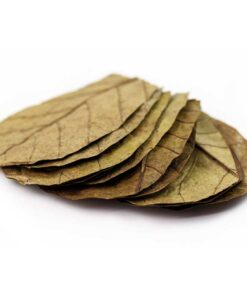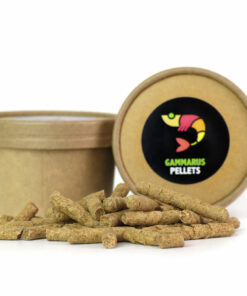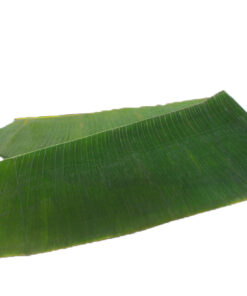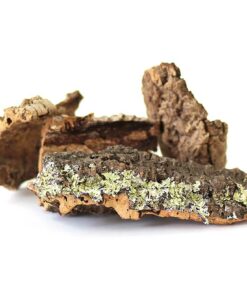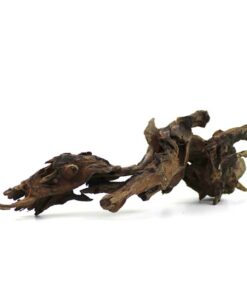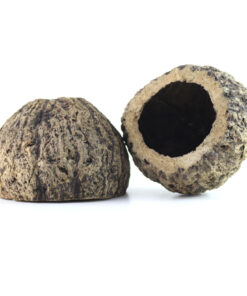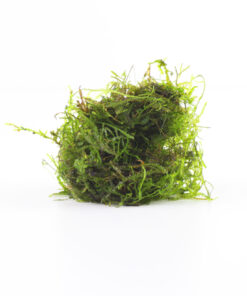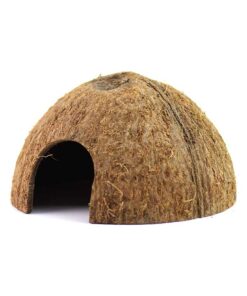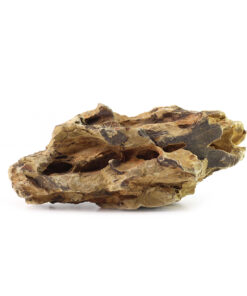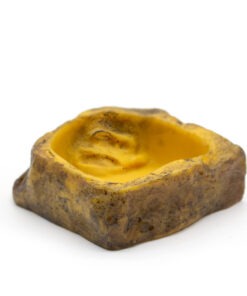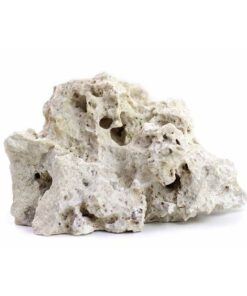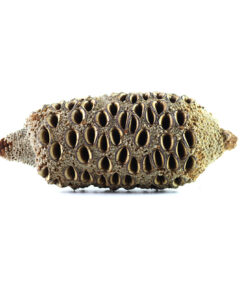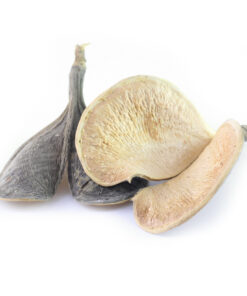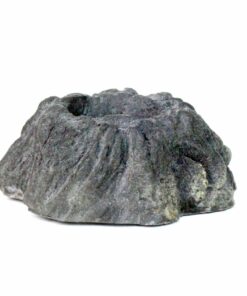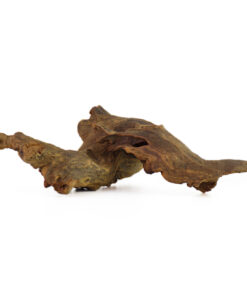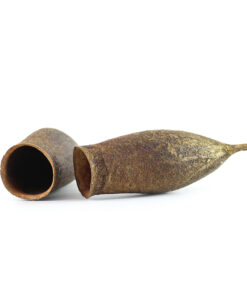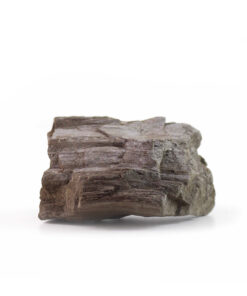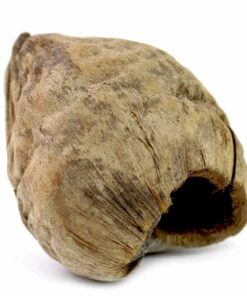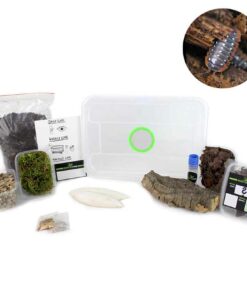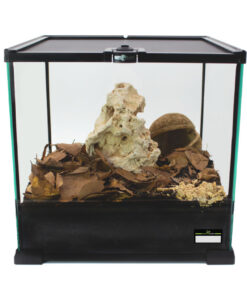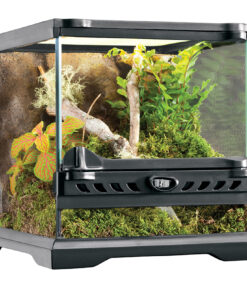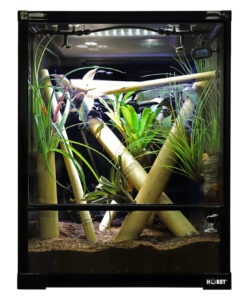Ardentiella spec. ‘Yellow Arrow’
35,00 € Incl. VAT plus shipping


Vietnam

2 cm

22-26 °C
Ardentiella spec. ‘Yellow Arrow’ – Like an arrow in your terrarium
The Ardentiella spec. ‘Yellow Arrow’ is a stunning species of isopod that is characterised by its intensely yellow marked segments and the striking arrow shape on its back. This colouring gives it an exotic appearance and makes it a highlight in any terrarium.
Ardentiella spec. ‘Yellow Arrow’ originates from Vietnam and is characterised by a special way of life that requires precise adjustment of the terrarium. The animals require a substrate that dries quickly but retains a certain amount of moisture. This can be achieved with a mixture of forest humus and cork granules, which together with a coating of food leaves creates the ideal conditions. The ventilation should be designed to be efficient without drying out the air too much.
In addition to the special soil mixture, the ‘Yellow Arrow’ also needs moss, which should always be kept moist. This moss not only serves as a source of moisture, but also as part of the microhabitat that the isopod needs for optimum health. The diet of this species should be varied and may include gammarus, parsnips, carrots and Chinese cabbage.
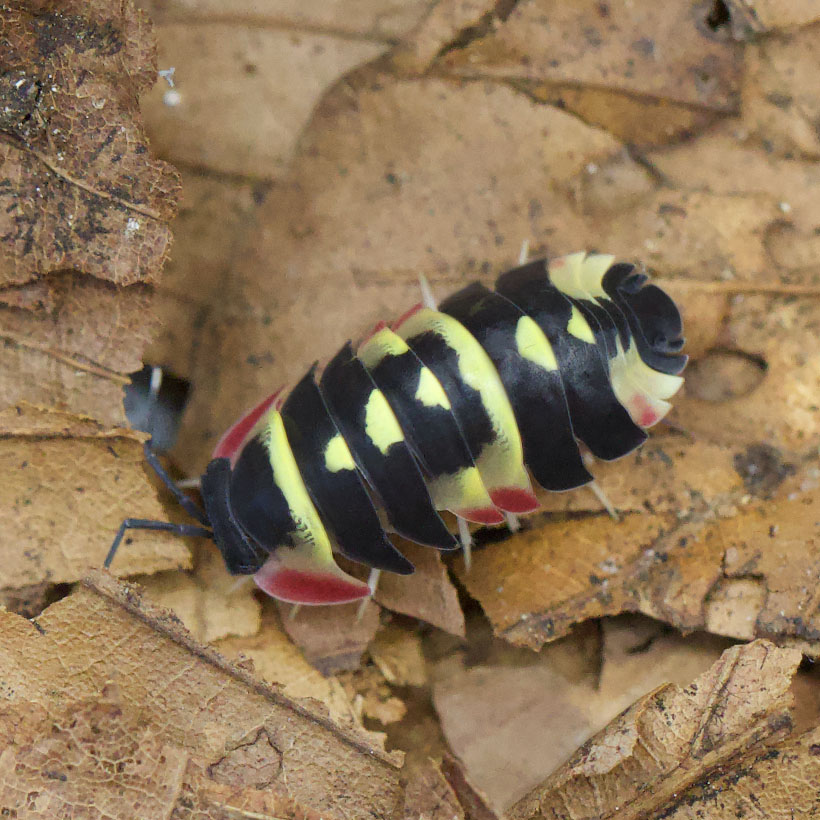
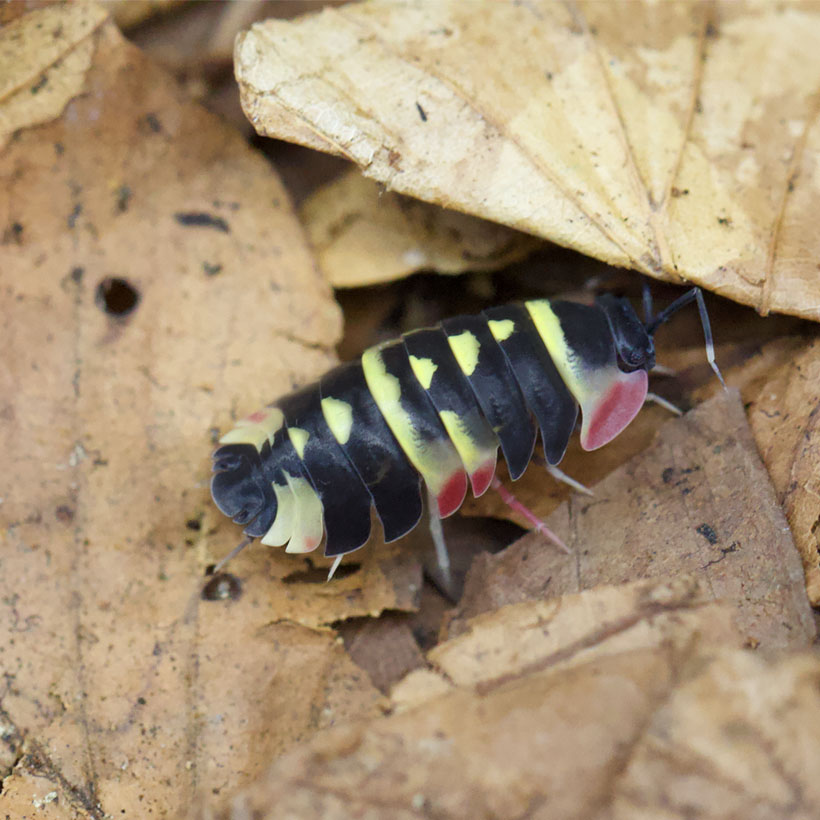
The care of these isopods requires attention and care, especially when it comes to humidity regulation. It is recommended to spray the terrarium twice a week to ensure optimal humidity of the moss and substrate, which is critical for the survival of these animals.
The Ardentiella spec. ‘Yellow Arrow’ not only provides a visually appealing addition to the terrarium, but also encourages an interest in keeping biologically active and species-rich habitats. Through proper care and observation of its natural behaviours, this isopod species offers a fascinating way to experience the complexity and beauty of tropical terrarium ecosystems at home.
The isopods formerly known as Merulanella have been renamed Ardentiella due to new scientific findings. For detailed information on this name change and the associated taxonomic adjustments, you can view the corresponding white paper. This provides comprehensive insights into the current research and the reasons for the reclassification.
Essentials for Ardentiella spec. ‘Yellow Arrow’!
| Weight | 110 g |
|---|---|
| Quantity | 1 Animal |



